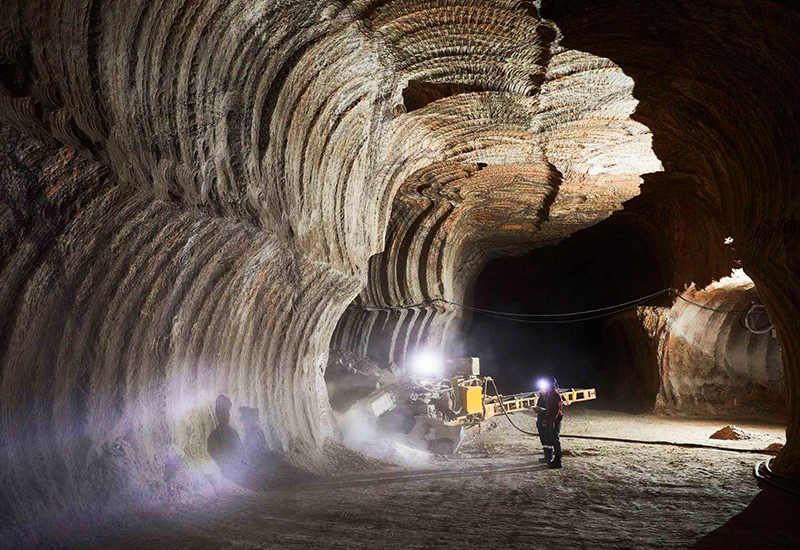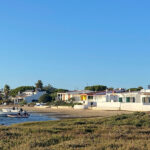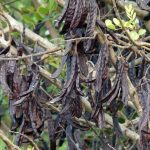Mention salt mines and the image most likely to spring to mind is a line of grim-faced Soviet political prisoners hacking at a freezing white wall in Siberia. But you don’t have to risk a trip to Siberia for a sodium chloride experience: there is a working salt mine on the edge of the city of Loulé and it is open to the public on most mornings.
WORDS Michael Upton
The Campina de Cima mine opened in 1964 with the construction of two vertical shafts, one of which is now used to transport visitors down to the tunnels. The shafts were later connected to allow proper ventilation; at that time, dynamite was used, but in the 1980s, the mine abandoned explosives in favour of laser-guided “road header scrapers” working in pairs.
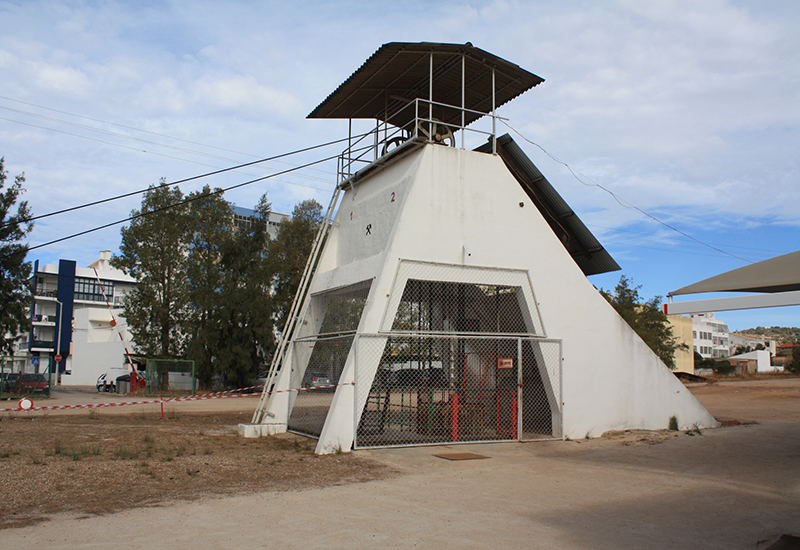

All the equipment is lowered down the shafts and assembled underground. The tour guide told us that one of the scrapers took three months to assemble, piece by piece. The machines stay underground, as there is little value in dismantling them and raising the parts to ground level. Vicious-looking tungsten carbide spikes on the cutting heads rip into the rock salt, while conveyor belts and dumpers transport the resulting product to skips which carry it to the surface via the shafts. The salt is then distributed for use in animal feed and for de-icing roads.
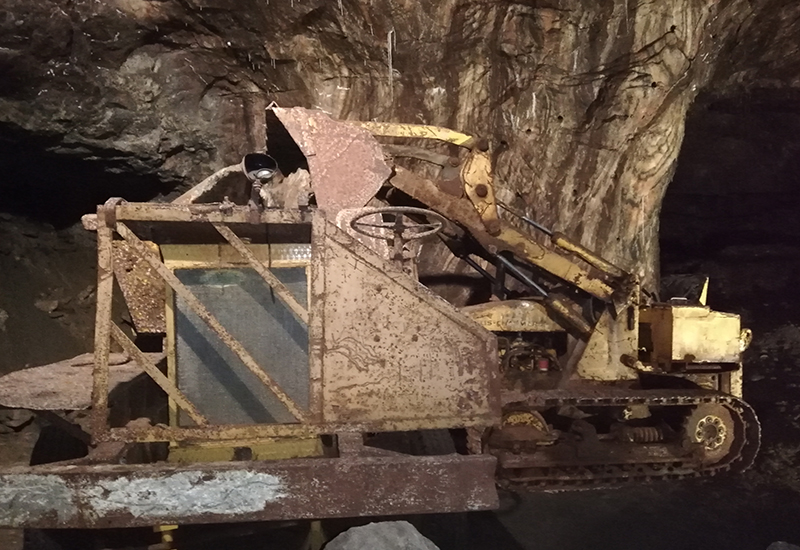
The lift (capacity seven persons at a squeeze) takes a long four minutes to descend to the main level of galleries 230 metres below ground. Our cheery and knowledgeable young guide conducts groups of visitors along the vast galleries – over 40km in combined length – and we gaze at the extraordinary patterns torn out of the walls by the cutters. The galleries are up to 10m wide and 5m high and stay at a constant temperature of 23º throughout winter and summer.
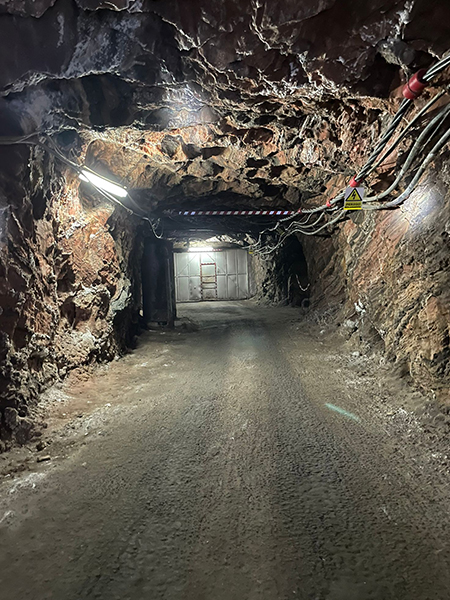
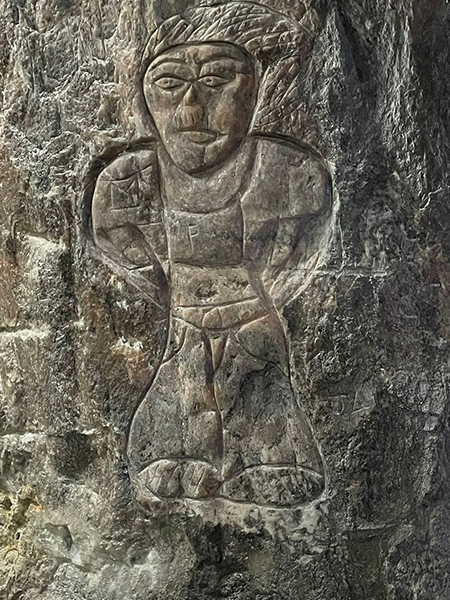
Everything you see is salt, or halite, formed around 230 million years ago. Fernando Santos Graça, a local historian who has written up a history of the mine, describes it as a “city of salt”. Pressure and heat occurring in sedimentary basins squeezed the rock deposits into folds or “domes” that rose close to the surface. Halite is remarkably pure – around 93% sodium chloride (NaCl), with small quantities of other minerals. Surprisingly, the tunnels are not blindingly white – the walls are a mix of grey and pink, though there are fissures where white salt has leached out and formed stalactites. Production these days is limited: there is a staff of seven full-time men who, even with the superior technology in use, will never reach the record levels of 124,000 tonnes of rock salt extracted in 1989 – there were then 180 workers.
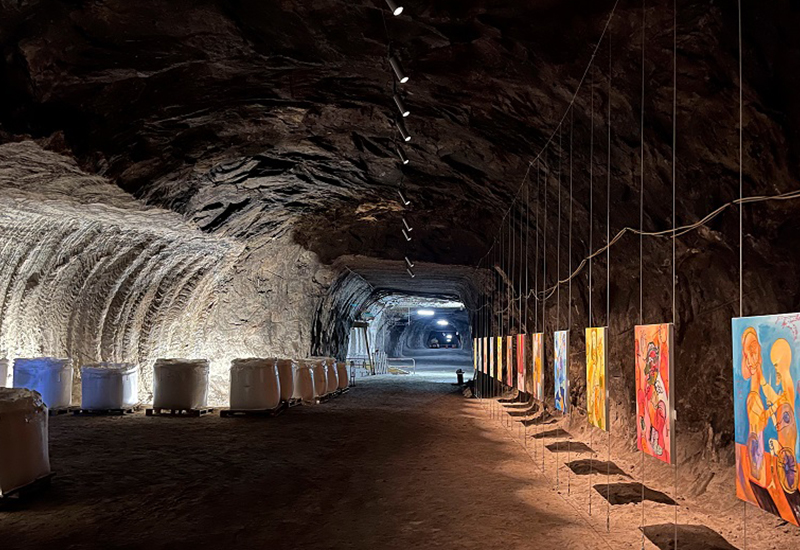
And what of the future? TechSalt, the mine operator, is attempting to diversify: pianist Mário Laginha has given a concert in one of the larger spaces and Fado singer Cristina Branco chose the setting for a video. There has also been collaboration with the Polish representatives of a big salt mine in Wieliczka near Krakow, which attracts over a million visitors annually.
Then there is the prospect of health tourism; the low-humidity saline atmosphere in the tunnels has been found to have significant benefits in relieving respiratory illnesses such as asthma, and our guide gave examples of the health benefits of breathing rock salt air. Some appreciative patients have carved their names into the walls.
On a grander scale, there has been a proposal for a flashy visitor centre at ground level, offering “themed hotel” stays down the mine along the lines of Sweden’s Ice Hotel. There would be a spa and wellness centre focusing on respiratory issues. A scheme was produced a few years ago, but lack of financing has placed that project on hold. Nevertheless, the Mayor of Loulé, Vitor Aleixo, has been promoting the idea of a Geopark Algarvensis Loulé-Silves-Albufeira as a UNESCO World Geopark, which would incorporate the mine as a key element.
Whatever the future holds for Campina de Cima, the salt will not run out. We’re told that at an annual extraction rate of 100,000 tonnes, reserves would last about 3,000 years. And when the rock salt runs out around 5023, that yellow machinery from the 20th century will still be there, ready for hoisting to the surface.
Main image © Geoparquealgarvensis
